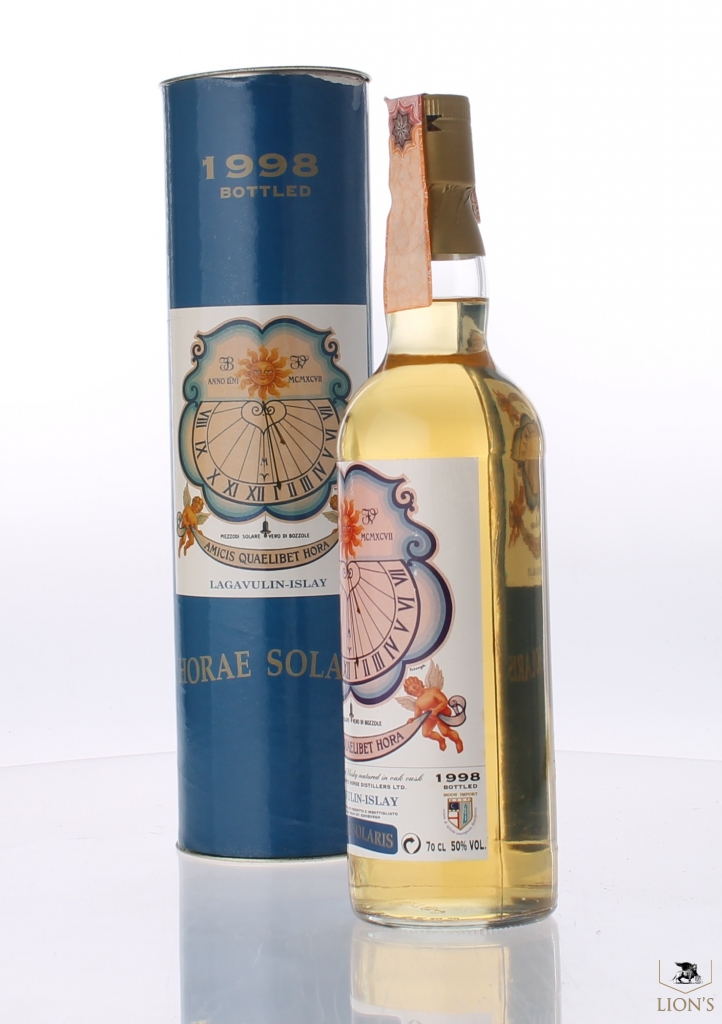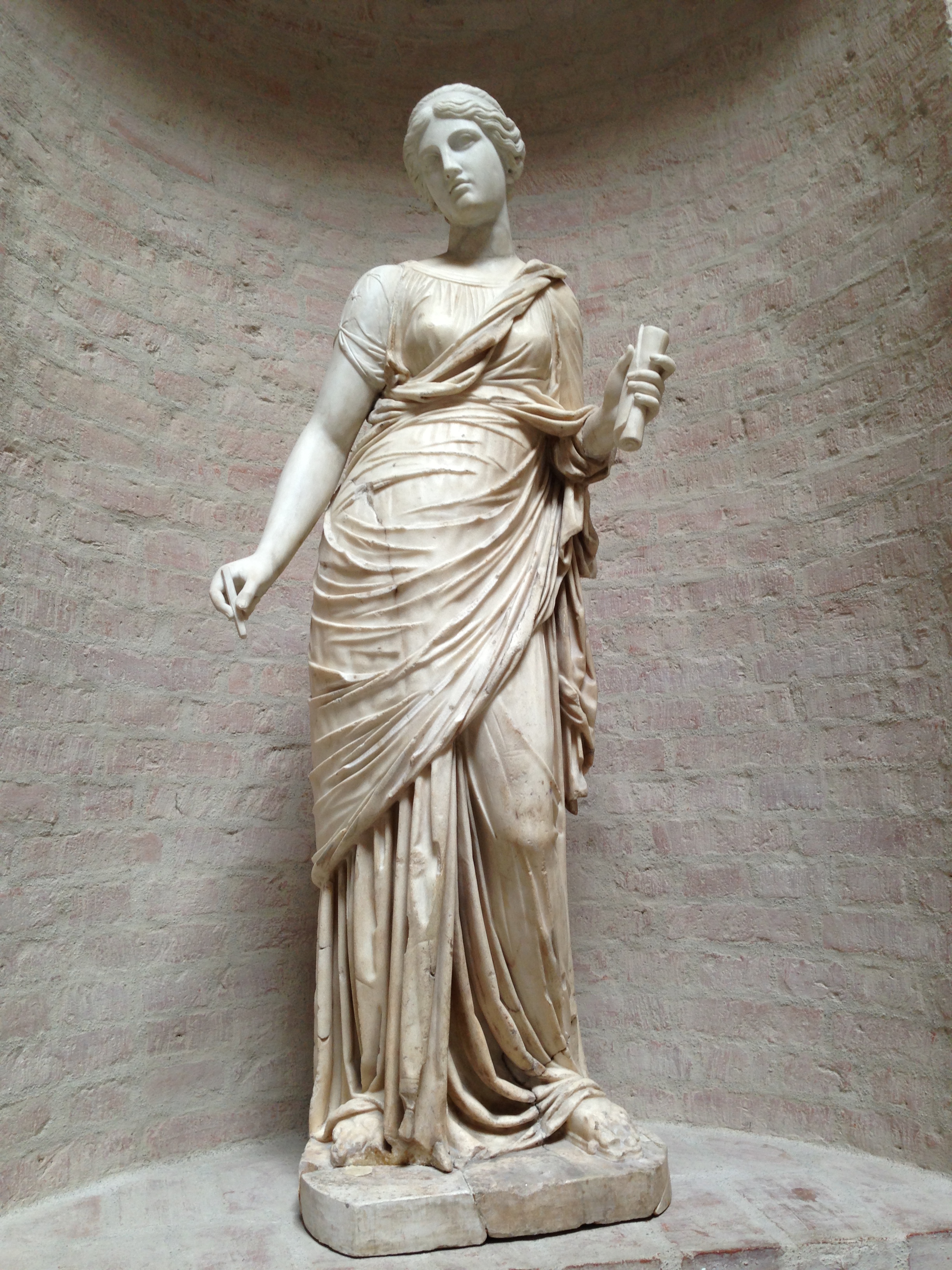

Again, every horse is an individual, so don’t get too caught up on breed. Keep in mind that a shorter but stouter horse will often be better able to carry more weight than a horse who is taller and with a lighter build.

Draft crosses, warmblood types, and larger Quarter Horses and Thoroughbreds may be good choices. If you weigh more than that, you are not too heavy to ride! You just need the right horse. An average riding horse weighs around 1,000 pounds, which means they can carry 200 lbs (including the saddle) without any trouble. But for the safety and long-term soundness of the horse, if you’re a larger rider, look for a larger horse.As a general rule, healthy horses can comfortably carry about 20 percent of their own weight. If you’re fairly small, you might find your ideal match in a large pony or a small horse. Secondly, if you want that kid to ever be able to tack up and care for her own horse, you need one whose back she has some hope of reaching on her own within the next couple of years.For adults, you want to find a horse that is size-appropriate for you. For one, that fall is a long way down, and it’s bound to happen eventually. Nothing is cuter than a tiny tot up on a big, giant horse’s back. Making mistakes is part of learning, but remember that mistakes can be devastating-even fatal-for horses and riders when inexperienced equestrians try to take on too much too soon.
#BEST HORAE PROFESSIONAL#
No matter what level of training your horse has, it’s always a great idea to take lessons with a professional riding instructor or horse trainer when you get your first horse so that they can help guide you through the learning process.
#BEST HORAE HOW TO#
You want a teacher who already knows something about teaching children, and your horse needs a trainer who already knows how to train.As a relatively new rider or first-time horse owner, you want a horse who has had that solid educational foundation already put in place by someone who knows their stuff. That’s great! Keep that goal in the back of your mind for several years from now, once you’ve got some steady mileage on horses that already know what they’re doing.Would you want to send your kid to a Kindergarten teacher who has no formal teacher training or experience because that teacher wanted to learn on the job? Probably not. You might like the idea of training your own horse from the ground up. Find one with an energy level that feels comfortable to you, but whether you like fast or slow, a horse that isn’t overly sensitive is key for beginning and intermediate riders. You don’t want a high-strung horse who’s going to take off running if you accidentally tap him with your boot while you’re getting on.But if you have the basics and feel fairly confident, you don’t necessarily need a horse so lazy that you feel like you might need to pick him up and carry him home from your trail ride. But you’re not (at least not yet!) so your best bet is to ride a horse with a forgiving temperament who will give you some room for error as you’re learning. If you’re planning to barrel race at the National Finals Rodeo or compete in three-day eventing at the Olympics, you need a high-energy horse.

Looking for a kid’s horse? Here are the best horse breeds for kids > Appaloosa What Makes a Good Riding Horse? None of these characteristics are inherently better than their opposites. The best way to find out what kind of horse you need is to take riding lessons at a barn with a qualified riding instructor and several different lesson horses.īy riding many different horses, you’ll learn whether you prefer the feel of a larger or smaller horse, one that tends to be slow or one that likes to go fast, an upheaded, high-stepping horse or a horse that goes long and low, and other factors. If you’ve found your way to this article, chances are you’re somewhat new to the horse world and want to know more about finding the best riding horse. American Paint Horse How to Choose a Horse
#BEST HORAE REGISTRATION#
Data based on 2014 registration trends as reported by the AAEP.


 0 kommentar(er)
0 kommentar(er)
